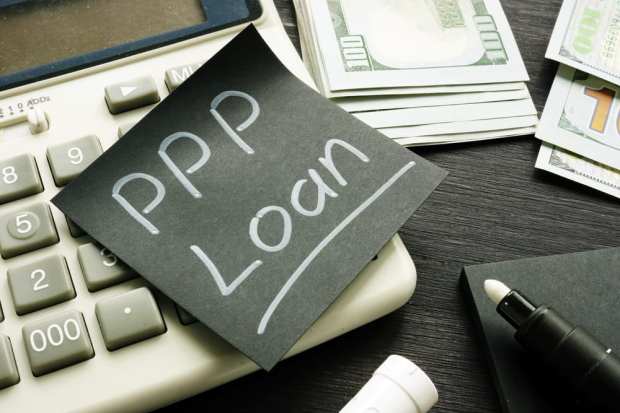Public Companies Have Returned Nearly A Third of PPP Loan Money

Thanks…but, on second thought, no thanks.
In the roughly month-and-a-half since its debut, the Paycheck Protection Program (PPP) has had its share of controversies. The old analogy of building a rocket ship while flying it certainly applies.
The Small Business Administration (SBA) and U.S. Treasury have issued, and refined, a raft of guidelines that determine who is eligible, who is not … and what happens to companies that should not have gotten those loans – notably, public companies – arguably at the expense of smaller firms that desperately needed the financial lifeline.
In recent weeks, some publicly traded companies have been criticized for taking PPP loans. Shake Shack stands out as a marquee name here, and the Los Angeles Lakers, too. The criticism leveled at these and other enterprises has been that they can arguably tap other conduits for capital, including stock sales, and have cash on hand that can act as a buffer from continued economic headwinds.
Democrats on the House Select Subcommittee on the Coronavirus Crisis recently sent letters to some publicly traded firms – notably ones that had gotten loans of $10 million or more – saying that the funds should be returned. If not, the companies would have to produce all correspondence and documentation related to their applications.
“We did not intend for these funds to be used by large corporations that have a substantial investor base and access to capital markets,” the Democrats wrote.
And now, a new analysis from data firm FactSquared finds that roughly 31.6 percent of the PPP loan funds taken out by public companies have been returned.
The move to return the funds came ahead of a May 18 deadline to do so, or face audits from the SBA along with administrative (but not legal) penalties. This “safe harbor” allows borrowers that received PPP loans to return them in the event that they are not able to make that “good-faith certification.”
All told, the public companies had returned about $412 million as of Thursday (May 14) out of $1.3 billion that was reportedly allocated.
The companies that returned the funds spanned a range of industries and states, and the loan amounts vary wildly. Earlier this week, the SBA’s most recently revamped guidelines stated that loans under $2 million will not reviewed, having assumed to have certifications made in good faith.
As stated in the document that was publicly released on Wednesday (May 13): “[The] SBA has determined that this safe harbor is appropriate, because borrowers with loans below this [$2 million] threshold are generally less likely to have had access to adequate sources of liquidity in the current economic environment than borrowers that obtained larger loans.”
In just a few examples of the loans given back, FactSquared found that Ashford Hospitality Trust, the real estate investment firm with a market cap of $66 million, said it would return $45 million in PPP loans. Hallmark Financial Services, with a market cap of about $45 million, said it would return $8.3 million. MiMedx Group, with a $394 million market cap, focused on biopharma, is returning $10 million.
As PYMNTS reported earlier this month, an increasing number of SMBs have sought PPP loans. On April 6, only 32.7 percent of SMBs had applied for SBA loans – including, but not limited to, PPP loans. But our latest data found that as many as 41 percent of SMBs said they had applied for the PPP loans by April 20.
The loans have been providing at least some measure of confidence in what’s on the horizon. Some 43.2 percent of SMBs that had already received the PPP loans said they were “sure” they would be able to survive.
